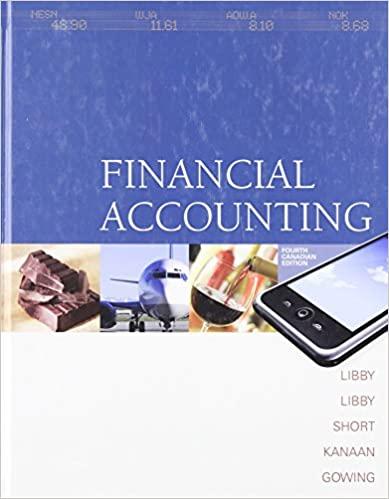On March 1, 2011, Catalin Corporation issued ($ 40) million in bonds that mature in 10 years.
Question:
On March 1, 2011, Catalin Corporation issued \(\$ 40\) million in bonds that mature in 10 years. The bonds have a stated interest rate of 5.8 percent and pay interest on March 1 and September 1. When the bonds were sold, the market rate of interest was 6 percent. Catalin uses the effective interest method. By December 31, 2011, the market interest rate had increased to 6.5 percent.\section*{Required:}
1. Record the issuance of the bond on March 1,2011.
2. Compute the present value of the difference between the interest paid each six months ( \(\$ 40\) million \(\times 5.8 \% \times 6 / 12=\$ 1.16\) million) and the interest demanded by the market ( \(\$ 40\) million \(\times 6 \% \times 6 / 12=\$ 1.2\) million). Use the market rate of interest and the 10 -year life of the bond in your present value computation. What does this amount represent? Explain.
3. Record the payment of interest on September 1, 2011.
4. Record the adjusting entry for accrued interest on December 31, 2011.
5. Why does interest expense change each year when the effective interest method is used?
6. Compute the present value of the Catalin's bonds, assuming that they had a 7 -year life instead of a 10-year life. Compare this amount to the carrying amount of the bond at March 1, 2014. What does this comparison demonstrate?
7. Determine the impact of these transactions at year-end on the financial leverage ratio and the times interest earned ratio.
Step by Step Answer:

Financial Accounting
ISBN: 9780070001497
4th Canadian Edition
Authors: Patricia A. Libby, Daniel Short, George Kanaan, Maureen Libby Gowing, Robert Libby





